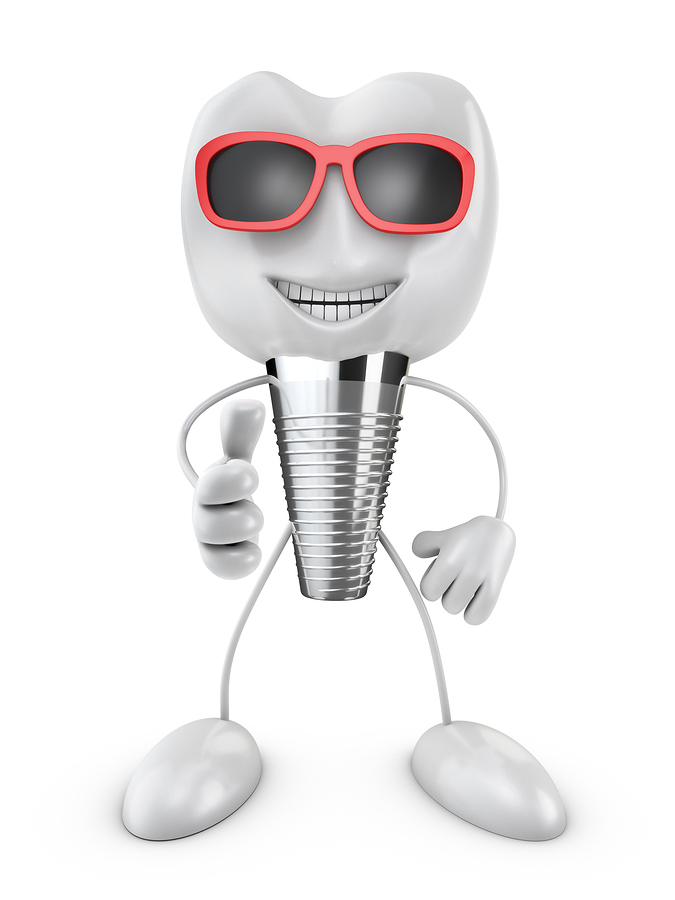 The benefits of orthodontic treatment often go beyond the obvious physical changes of an improved bite and straighter teeth; misaligned teeth can look unsightly, leading to poor self-esteem and self-confidence, but aside from poor aesthetics, improperly aligned teeth can also cause difficulties biting, chewing and speaking clearly. Generally speaking, orthodontists agree that a well-aligned smile is a healthy smile.
The benefits of orthodontic treatment often go beyond the obvious physical changes of an improved bite and straighter teeth; misaligned teeth can look unsightly, leading to poor self-esteem and self-confidence, but aside from poor aesthetics, improperly aligned teeth can also cause difficulties biting, chewing and speaking clearly. Generally speaking, orthodontists agree that a well-aligned smile is a healthy smile.
There are several types of irregularities, including:
-
Overbite – The lower front teeth bite into the upper tissue of the upper teeth.
-
Underbite – The lower teeth protrude further than the upper teeth, causing the chin to look prominent.
-
Crossbite – One or more upper teeth bite inside the lower teeth, towards the tongue.
-
Overcrowding – Extra, or irregularly spaced teeth that can cause misalignment.
The Phases of Orthodontic Treatment
Orthodontic treatments can take as long as six to thirty months to complete. The treatment time will largely depend on the type of dental devices used, and the classification of the irregularity. Proper usage of the device, as instructed by the orthodontist, will also play a factor.
Here is a general overview of the three major stages of treatment:
Phase 1 – The Planning Stage
The first several visits may comprise of some of the following evaluations:
-
Medical and dental evaluations – Dental and physical problems tend to go hand in hand. Problems in the oral cavity can lead to, or even be caused by, medical problems. Medical and dental issues must be completely under control before treatment begins.
-
Castings, or bite impressions – Study models are taken to precisely study the structure of the oral cavity. These impressions are made by asking the patient to bite down into a dental tray filled with a gel that hardens around the teeth, creating a replica of the area. The trays are removed from the teeth and filled with plaster, to create a working model of the patient’s teeth. Study models enable the orthodontist to scrutinize the position of each tooth.
-
Panoramic X-rays – X-rays are fantastic tools for viewing potential complications or pre-existing damage to the jaw joint, and bones inside the oral cavity. X-rays also allow the orthodontist to see the exact position of each tooth, and its corresponding root.
-
Computer generated images – Modern technology has allowed the orthodontist to digitally generate a treatment plan, and examine how specific treatments may affect the shape of the face and symmetry of the jaw.
-
Photographs – Many orthodontists like to take “before, during, and after” photographs of the face and teeth. Doing so allows the orthodontist to assess how treatment is progressing, and the impact the treatment is having on the patient’s face shape.
Phase 2 – The Active Phase
All of the above diagnostic tools will be used in the diagnosis and development of a customized treatment plan. During the active phase, the orthodontist will recommend custom orthodontic devices that will gently move the teeth into proper alignment. The orthodontic appliance may be fixed or removable.
Traditional fixed braces are attached utilizing individual dental brackets connected by an arch wire. Whereas, Lingual braces are also fixed, but fit on the inside, or tongue side of the teeth, to make them less visible.
Removable devices are sometimes available as an alternative to fixed braces. Examples of removable devices include the Invisalign system, as well as headgear and face mask devices. These devices are designed to be worn for a specified amount of hours each day to expedite treatment.
Whatever the orthodontic device treatment may require, the orthodontist will most likely have to regularly adjust it, to ensure adequate and continual pressure is being applied to the teeth.
It is essential to visit the orthodontist at the designated intervals, and to call immediately if part of the device breaks or becomes damaged.
Phase 3: The Retention Phase
When the teeth have been correctly aligned, fixed braces and removable devices will be removed and discontinued. The most cumbersome part of the orthodontic treatment is now over. The orthodontist will next create a custom retainer. The goal of the retainer is to ensure that the teeth do not begin to shift back to their original positions. Retainers need to be worn for a specified amount of time per day for a specified time period. During the retention phase, the jawbone will reform around the realigned teeth to fully stabilize them in the correct alignment.
Need a Orthodontic Queen Creek, AZ
Everyone Here at Hill Family Dentistry is SUPER excited to help you with all your dental needs. We pride ourselves on having the best Customer Service in in Arizona! Come see why we are the Best of 2015 in Dental Care. Give us a call to schedule your appointment now! You can chose from one of the following family friendly Dental Offices in Queen Creek 480.907.7795 or San Tan Valley 480.588.8127.
